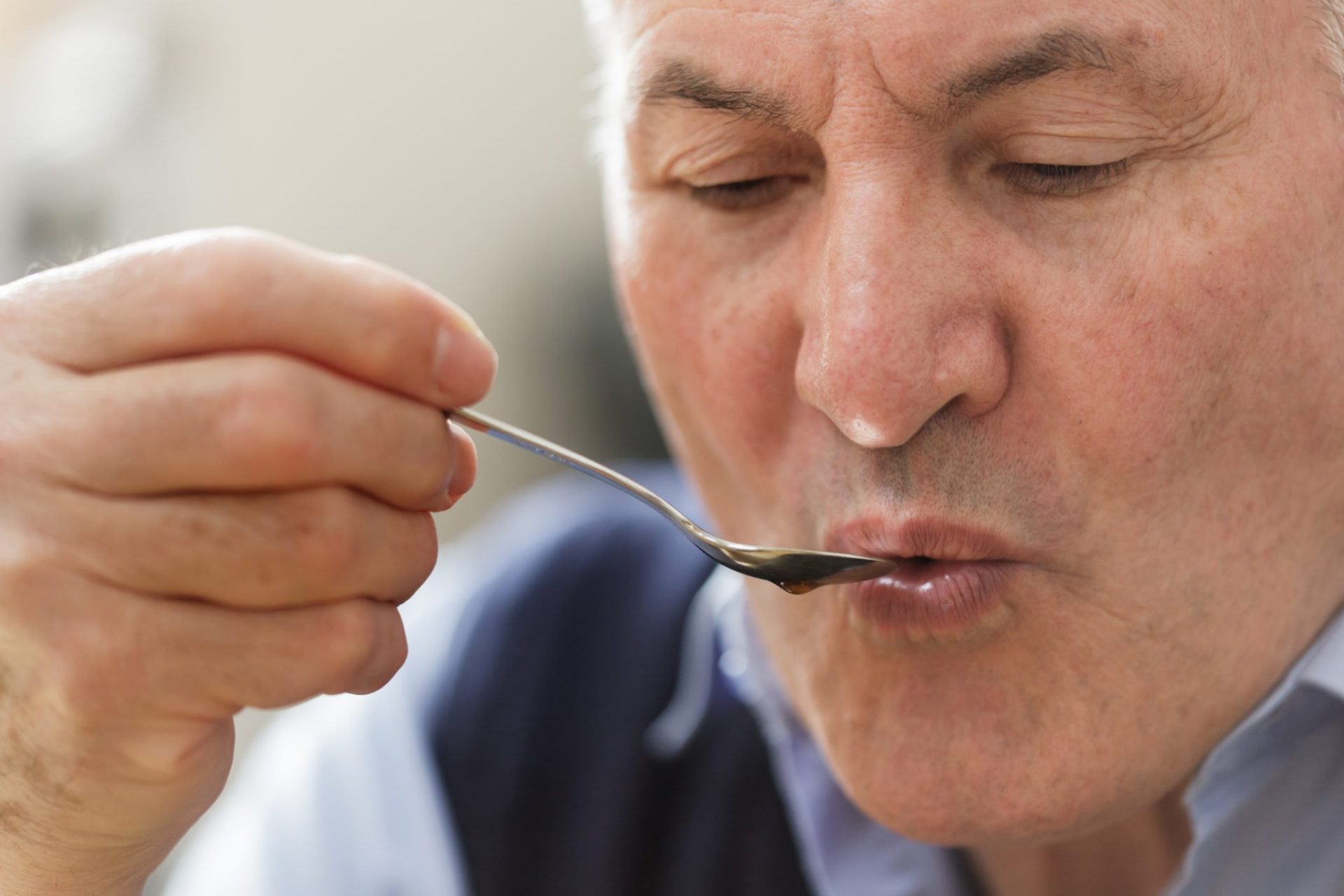Sensory claims: make them credible with ISO 20784

Published in August 2021, ISO 20784 provides a framework for conducting studies to substantiate the sensory claims made for a product. It introduces a dose of objectivity into a world dominated by subjectivity, which sometimes verges on deception.
A detergent that washes whiter, a cake that crumbles more, a shower gel that makes your skin softer: these are all commercial claims that are easy to proclaim… but not so easy to prove! The brand-new NF ISO 20784 voluntary standard will be a great help to manufacturers seeking credibility and objectivity. It sets out recommendations for justifying product claims, using sensory and/or consumer studies. And on an international scale: in a globalized economy, we need to speak the same language. Lise Dreyfuss, Innovation Manager at SAM Sensory and Marketing International and Chair of the AFNOR commission that brought together the French experts who took part in the international work, takes a closer look.
You supervised the development of the NF ISO 20784 standard on sensory analysis. What service does it provide?

Lise Dreyfuss, chairwoman of the AFNOR commission that brought together French experts to finalize the international standard NF ISO 20784 (©DR)
Lise Dreyfuss – In a competitive environment, companies differentiate themselves with sensory claims: whiter, softer, crunchier, and so on. But this type of argument is risky, because it quickly begs the question: “What do you base that on? The new voluntary standard ensures that what is said about a product is backed up by solid research. This lends credibility to the promise. From an ethical point of view, companies are responsible for the message conveyed to the consumer, and want to be able to prove that what they advertise is true.
Precisely how do you establish the veracity of an allegation?
sensory?
Lise Dreyfuss – If a brewer proclaims that his beer is the one that “contains the most malt”, you only have to compare the list of ingredients of different beers to verify this. But if he claims that his beer is “even more hoppy”, or has a “unique” malt taste, he’s appealing to the human senses’ perception of beer’s taste properties, which introduces a certain subjectivity. The only way to verify this claim is through sensory analysis: only the experience of target consumers or sensory experts on a panel can back up these assertions and determine that no other beer had this malty taste. But sensory analysis is a science. And where there’s science, there’s protocol; there are rules to be observed: ensuring that a sufficiently large and representative number of consumers are surveyed, that their consumption profile is representative of the product’s target audience, that the study design is scientifically correct… This protocol is now standardized. The standard therefore allows us to have confidence in the feelings obtained from consumers or sensory panellists.
The standard therefore lends credibility to a promise. Does it have legal force?
Lise Dreyfuss – The standard will help manufacturers to prepare files in the event of disputes, whether it’s a complaint from one brand against another, a class action in the USA or a referral to the DGCCRF in France. If they apply it properly, they’ll have something to prove that what they’re alleging is true, perceptible and proven. It’s easy to see why this standard has been eagerly awaited, especially by the cosmetics industry. Today, in this sector, many claims are based on the notion of efficacy: anti-wrinkle efficacy, slimming efficacy, and so on. These assertions are easily measured with clinical tests. On the other hand, it’s more difficult when a product is described as “softer skin” or “shinier hair”, which are more subjective notions. The way in which these assertions are obtained is now regulated, thanks to the standard. All the experts around the standardization table agree that the standard will make their lives easier! We had a hard time reaching a consensus, but this standard is strict enough to meet the expectations of Americans, where class actions are commonplace, while not being too restrictive for Europeans.